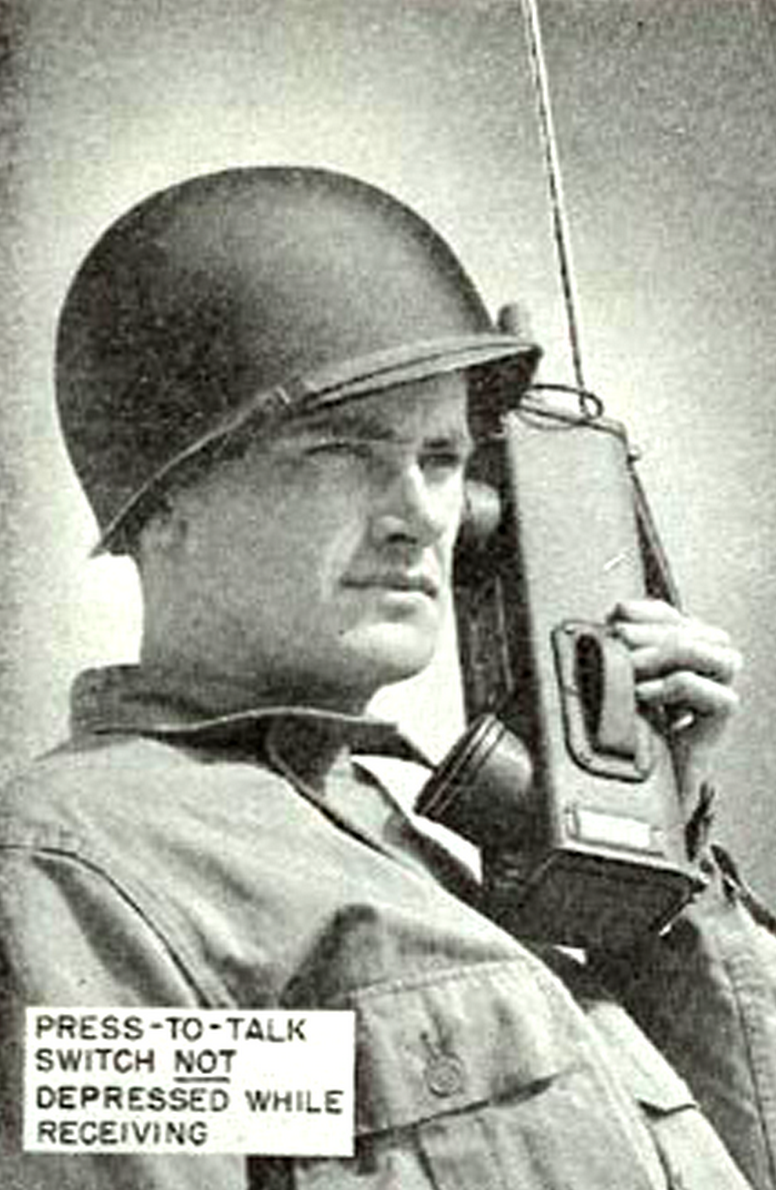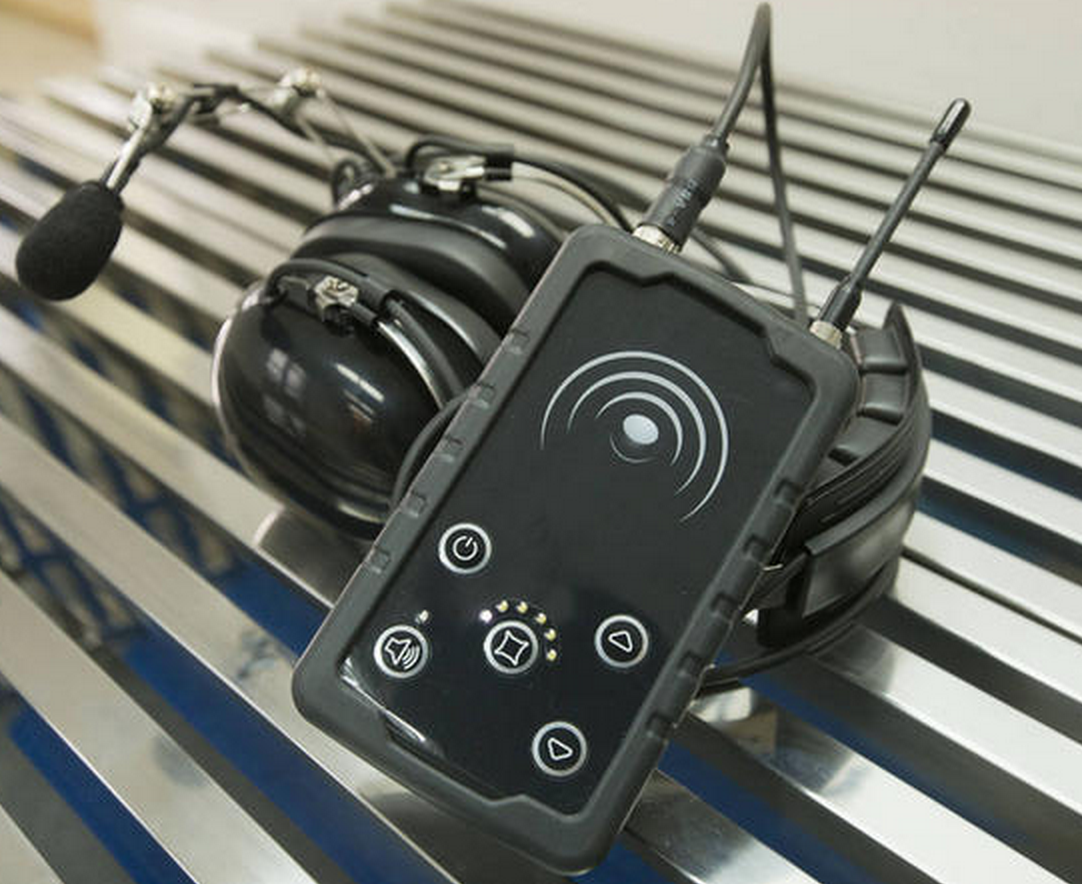14 Jan Goodbye StealthCo, Hello MULTIVOICE
For roughly the past six months I have been working behind-the-scenes with some pretty amazing people to prepare a re-launch of a three-and-a-half-year-old start-up.
Today, we are finally leaving “stealth mode” as I bid you “Hello” to MULTIVOICE.
The story of MULTIVOICE™ begins, as most start-up stories do, with its founder, Ron Fraser. {NOTE: You’re welcome to look him up on LinkedIn but you really won’t find a lot of info there . . . yet. Let me share what I have learned so far about Ron.}
A small-town Nevada boy, Ron ended up in the Electrical Engineering program at Brigham Young University in the early 1970s. After obtaining his EE at BYU, his career took him to Texas Instruments, TRW, the U.S. Naval Research Laboratory, and even the Titan Missile program, and yes, that meant a number of Secret and Top Secret assignments. In fact, after a Titan Missile blew-up in its silo in 1980, the powers-that-be sent Ron to Damascus, Arkansas to figure out why the communications system failed and to fix it so it would never fail again.
Over the years, Ron also worked on a number of consulting projects, including one for 3M where he designed a Radio Frequency (RF) system to provide a safer and more efficient way for police and fire vehicles and ambulances to traverse crowded city streets by coordinating traffic light signals.
And you know the headsets and radios you see coaches wearing on the sideline during professional and amateur football games? Yeah, that was Ron too as he developed the first wireless comms system for football coaches for a company called Porta Phone, a system they launched in 1997.
Based upon my observations, Ron has an unusual combination of skill sets:
- He’s a brilliant RF Engineer,
- He’s very good at hardware design,
- And he’s excellent at comms software programming.
And it’s because of this unique combo that Ron has been able to accomplish what’s he’s done during his career.
The Push-to-Talk Conundrum
During World War II, both the Allies and the Axis forces unveiled new portable radio-based communications systems designed to help both sides win the war.

{Handie-Talkie image from Wikipedia.}
Most people probably think of the product shown above as a Walkie-Talkie, but in fact, that’s the version where one soldier had a box strapped to his back and another soldier, typically an officer, spoke into a phone-like transceiver connected to the Walkie-Talkie.
But Walkie-Talkie is the term that survived among average consumers. And although cell phones are actually a form of a radio, the reality is that there have been very few breakthrough advancements to traditional Push-to-Talk radios in over 70 years. In fact, there are billions of dollars of these PTT radios sold each year into the military, public safety, and manufacturing/industrial industries.
The problem with PTT radios, however, is the fact that whenever one person is depressing his/her PTT button and speaking into the radio, that is the only person that can be heard on the network. Even worse, should such a PTT button be jammed into the depressed position, everyone else with a PTT radio on that network is locked-out until that device is turned off or the button is fixed. And in a military or public safety environment, such an event puts lives at risk.
Which brings the story back to football coaches.
When Ron was approached by Porta Phone in 1995, they asked if he could design a system that would allow four coaches to communicate wirelessly, whether on the sideline or high above the field up in the Coaches Box.
Ron’s answer, “It can’t be done.”
And yet two weeks later, Ron came back to the Porta Phone execs and said that he had figured it out . . . and he did. And he was awarded two U.S. patents for his work, patents that have since lapsed. {Ron did, however, retain the rights to the underlying invention.}
Fast forward to 2011 and Ron decided that it was time to revisit the so-called PTT marketplace.
What Ron has now invented is what is known as the MV900™, something we at MULTIVOICE describe as a Wireless Mesh-Network Intercom™.

{MV900 and Headset. Image via Scott Winterton of the Deseret News, 01-14-15.}
Roughly the size of two iPhone 6s stacked one on top of the other, the MV900 was launched in early 2014 allows teams of up to eight co-workers to talk simultaneously on a secure, hands-free wireless network at distances of up to one mile apart without using a base station — without pushing a button. Additionally, the MV900 allows an unlimited number of listeners on the same wireless network, while also allowing listeners to become speakers as previous speakers drop into “listen-only” mode.
Built to fit in standard 5.11-size pockets and pouches common in military, public safety and industrial clothing and gear, the MV900 measures 5.2×3.0×1.0-inches, weighs 10.9 ounces, uses two rechargeable 3000mAh Lithium-ion batteries, and ships standard with a 3.5-inch-high antenna, and delivers up to 17 hours of actual talk time without recharging. MULTIVOICE has also begun testing a new accessory that allows team members to simultaneously and securely share MV900 communications with a network of P25 radio users, thus augmenting and enhancing the functionality of P25 radio networks. This is critical because P25 radios are one of the most commonly used wireless systems in manufacturing, industrial, public safety and military settings. Current accessories to the MV900 include a number of headset/microphone combinations, various headset cable styles and lengths, as well as detachable antennae of varying heights.
Today, MULTIVOICE is only focused on B2B (Business-to-Business) and B2G (Business-to-Government) opportunities, specifically
- Football coaches,
- Manufacturing/Industrial buyers,
- Public safety (police, fire and EMTs), and
- Military.
Personally, I won’t be surprised if some hard-core outdoor enthusiasts figure out that the MV900 will create a entirely new experience for mountain bikers, snowboarders, skiers and more. BUT . . . for the record, those are future opportunities for us as we’re already working on future generation iterations that will be used in embedded and wearable applications.
NEWS: MULTIVOICE Lands $5.0 Million Round of Strategic Seed Funding
Earlier today, MULTIVOICE distributed a news release via PR Newswire announcing that it (we) have closed a $5.0 million round of seed funding from our strategic partner, OTTO Engineering. {OTTO is one of the largest designers and manufacturers of private label and customized OEM headsets for the PTT radio market.}
The Deseret News and Silicon Slopes have already run stories about MULTIVOICE, the MV900 and our recently completed funding. And I suspect there will be more stories that get published about Team MULTIVOICE.
But for now, for all of my LinkedIn friends and associates, thanks for letting me share a bit of the MULTIVOICE story via the StealthCo moniker leading up to today.
As for me, I have a TON of things to get done, so it’s back to work for me.
In the meantime look for the occasional MULTIVOICE update as we strive to create one of the few billion-dollar hardware companies to ever come out of Utah.
# # #
{NOTE: A version of this story first appeared online on LinkedIn.}




No Comments